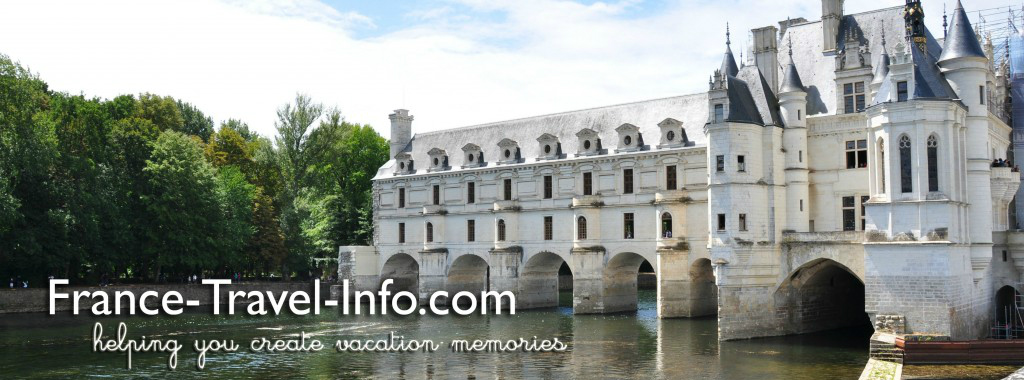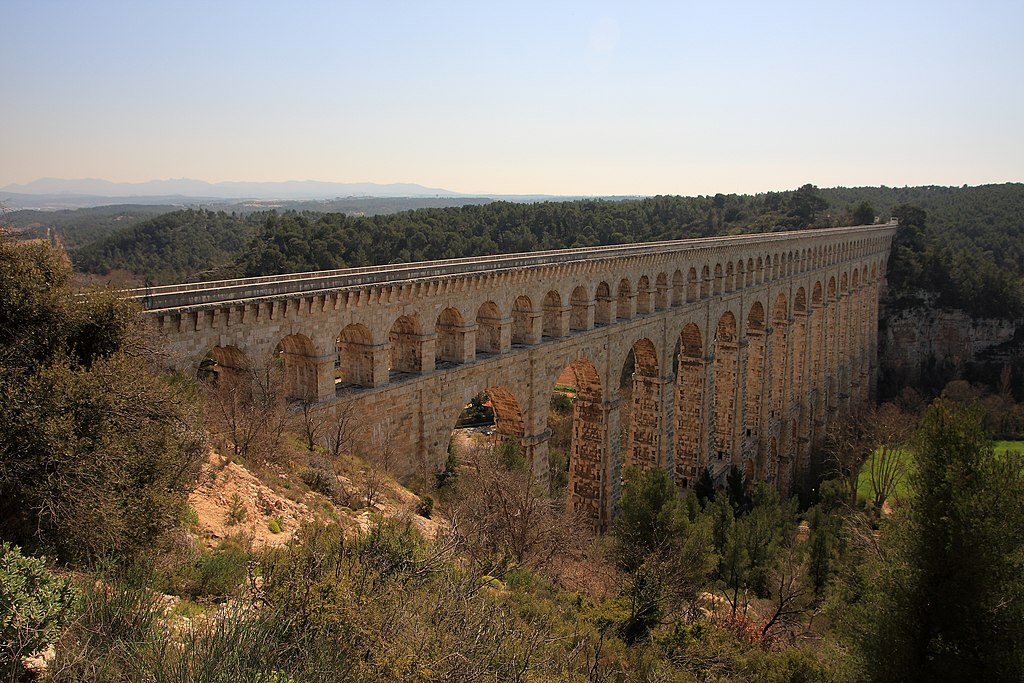Provence Aqueducts- Continued Explorations of the Foundations of France’s Rich Roman Past
Provence Aqueducts probably brings to mind the Pont du Gard aqueduc but the provençal area of France is literally riddled with Roman remains which includes more than just one aqueduct.
Before our planned visit to the Pont du Gard, we took a short side trip en route to our auberge Le Madelano. We chose this little hotel for several reasons beside the fact that it is mid way between Arles and Saint-Remy-de-Provence. It was centrally located to allow a visit to Abbaye de Montmajour, Les Baux de Provence and its château, Carrières des Lumières and an olive farm with mill and degustations (tastings) before our stay in Saint-Remy.
En route from Arles we spotted a sign for Aqueduc Romain de Barbegal.
The minor detour from the D17 out of Arles to the Route de l’Aqueduc added only 10 minutes to our journey to the auberge and it was well worth it! We discovered our first of several Provence aqueducts.
The Aqueduc Romain de Barbegal was fairly intact, but not to the grand extent of the Pont du Gard. However, to be able to climb over, walk around and through the aqueduc was fascinating.
From the empty little car park (at least we hoped it was a car park!) we cut through the trees to see this !


Two people arrived to walk the path that followed the Barbegal Aqueduc, clearly a habitual walking route for them.

The Route de l’Aqueduc cuts right through the aqueduct just as the aqueduct cuts through the olive grove. So we crossed the road and continued exploring.

There was a sign identifying the oliverais (olive groves). The olive trees shimmered silver when the wind blew. What a treat to walk through an olive grove while viewing one of Provence’s aqueducts.
Walking a bit further to see if there was a visible end, I finally scrambled to the top of the highest point I could attain for this view.

I must say that this experience prompted us to take several more detours in search of aqueduct remains.
Provence Aqueduct of Roquefavour is an historical monument.
However, construction prevented our access to the fullest extent. Theoretically, you should be able to see it best from the rail line. We later learned of a 35km cycling route that will lead to the top of this Provence aqueduct.
According to the Lonely Planet travel guide, this aqueduct is 83 meters high and 375 meters long.
The view below (credit F. Ruyssen) is from a cliff on the eastern end of the aqueduct.
Here is our view from a very (very) narrow lay-by on the D64 to the west of Aix-en-Provence.

This aqueduct dates from the 19th century and is not Roman at all! It is the largest in the world according to one site, but the Pont du Gard is considerably older.
Outside of Uzès we found another of the Provence aqueducts.
There is a wonderful park, Vallée de l’Eure, nestled below Uzès with a stream running through it. Here you will find Roman aqueduct remains in varying states. Needless to say, we were searching for an aqueduct of similar stature to the one we found at Barbegal. Not so.
The vestiges of the former 50km aqueduct in the Vallée de l’Eure once linked Uzès to Nimes via the Pont du Gard aqueduct.
Below is the regulatory basin near the water source which acted similarly to a sluice gate.

After reading the historic information sign, we realized that in following the path the first time we had actually been walking the top water channel of the aqueduct as most of it is below ground!

If near Uzès, this park is a lovely place for a picnic!

A Surprise!
This Provence aqueduct was almost in our back garden! The Balouvière Aqueduc was in the village neighboring our gite, Laudun -l’Ardoise. Called “le petit Pont du Gard” it backs up to the back gardens of local houses. The Pont du Gard served as the model for Balouvière which was built in the 19th century – yet another non-Roman aqueduct!
Tucked away in a northern corner of the village, it was a short walk downhill from the parking area to this Provence aqueduct.

According to the Archives municipales de Laudun-l’Ardoise it is 62 meters long and was used to transport water to Laudun. (note: Laudun and Ardoise are now incorporated together)

We definitely look forward to sleuthing out more aqueducts the next time we visit Provence.
Where to find these Provence Aqueducts
Orange stars are the aqueducts we visited whereas blue markers include aqueducts found by Google maps.







Leave a Reply